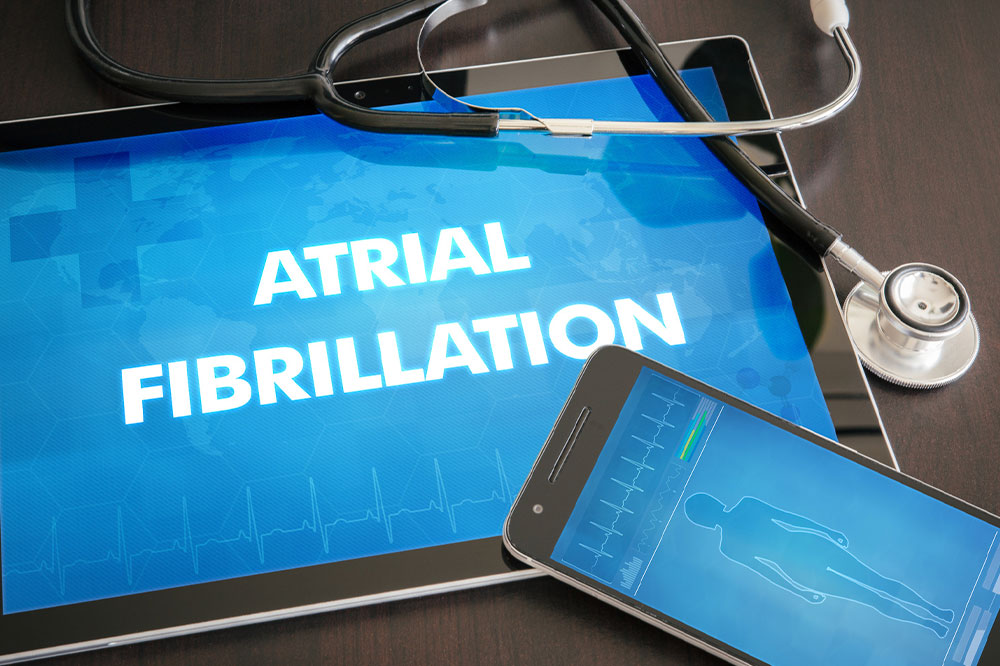15 moving mistakes to avoid while moving

Moving to a new home can be exciting, but it is not without its challenges. Organizing, packing, and moving all belongings take a lot of time and may require considerable planning to prevent issues like leaving things behind or delaying the move. Additionally, planning ahead can make the whole experience less stressful. So, here are common mistakes to avoid while relocating to help one address potential issues and have a hassle-free moving experience.
1. Underestimating time and effort required
One of the most common mistakes while moving is underestimating the time and effort involved. The process includes not only packing and unpacking but also disassembling and reassembling furniture, organizing belongings, coordinating with movers, and handling paperwork. Failing to allocate adequate time can result in a rushed and potentially disorganized move, leading to unnecessary stress.
2. Not making a detailed inventory
An inventory is not just a list; it is a meticulous record of all possessions, from major items like furniture and appliances to kitchenware, decor, and personal items. A comprehensive inventory serves as a safeguard against crucial items being misplaced or accidentally left behind during the move.
3. Not decluttering
Over time, homes can accumulate items that are no longer needed or used and only have sentimental value attached to them. Here, identifying such items can help one get rid of things they do not need. Neglecting the decluttering process means transporting more belongings than necessary, incurring extra costs, and increasing the risk of cluttering the new living space. Taking the time to assess all belongings and getting rid of clutter streamlines the moving process and ensures that only items of value make the journey to the new home.
4. Insufficient research
If one is seeking professional assistance, selecting a moving company without thorough research can lead to issues like unexpected costs, subpar service, or fraudulent practices. It is crucial to spend some time looking up professional moving services, reading reviews, and even seeking recommendations from trusted sources. Choosing a reputable and reliable moving company can help ensure a smooth and stress-free moving experience.
5. Improper packing techniques
Improper packing methods and inadequate packing materials can damage fragile or valuable items. So, one must invest in high-quality materials such as sturdy boxes, bubble wrap, packing paper, and packing tape. Additionally, proper techniques, like cushioning delicate items and securing them in the box, protect belongings from harm during transit.
6. Overlooking pet and plant supplies
Pets and plants are often overlooked amid the moving process. Pets, for instance, may require secure carriers, familiar bedding, and ample food and water during the transit. Plants need careful handling to prevent damage to their delicate foliage and roots. So, one should carefully prepare to move pets and plants to ensure their safety during transit and help them adjust to new environments.
7. Neglecting safety precautions
Lifting heavy or awkwardly shaped items poses a risk of physical strain or injury if not done correctly. It is crucial to utilize proper lifting techniques, such as bending the knees, keeping the back straight, and using the legs to lift. When handling exceptionally heavy items, hiring professional movers or using specialized equipment like dollies or straps can help. Prioritizing safety not only protects physical well-being but also safeguards belongings from accidental damage.
8. Overlooking access to essentials
Carefully packing a separate essentials box serves as a lifeline on the first day in the new home. This box should contain immediate necessities like toiletries, a change of clothes, important documents (like passports, licenses, and medical records), prescriptions, chargers, and any items one may need before the bulk of belongings is unpacked. Failing to set aside a box for such items can introduce unnecessary hassle after moving, making one scramble to find vital items.
9. Disregarding weather conditions
Weather can significantly impact the moving process. Planning for potential weather-related challenges, such as rain, snow, or extreme heat, is crucial before scheduling the move. So, covering boxes with waterproof materials, securing tarps or protective coverings, and having a contingency plan for adverse conditions can help one protect personal belongings. Additionally, being prepared with appropriate clothing and footwear for such extreme conditions ensures the safety and comfort of everyone involved in the move.
10. Ignoring storage setup
Failing to assess the storage capacity and layout of the new space can lead to complications during unpacking. So, one should have a clear understanding of the available storage solutions, such as closets, cabinets, and built-in shelving, to organize belongings efficiently while packing them, helping minimize clutter.
11. Forgetting to update subscriptions
Not updating magazine subscriptions, streaming services, and gym memberships is one of the most common mistakes to avoid while moving to a new home. This oversight can lead to unnecessary charges or disruptions in service. So, before moving, one should review all active subscriptions and memberships and update them with the new address or make necessary cancellations.
12. Not exploring the new neighborhood
Moving to a new neighborhood involves more than just relocating. It is vital to familiarize oneself with the area, nearby amenities, parks, grocery stores, and healthcare facilities. Additionally, understanding the local traffic patterns and public transportation options is essential for a smooth transition.
13. Not allocating time for unpacking
Just like packing, unpacking requires time and attention. Rushing through the unpacking process can lead to disorganization. So, allocating enough time for unpacking each room, starting with essential areas like the kitchen and bedroom, ensures a systematic and organized transition into the new living space.
14. Ignoring utility transfers and setup
Coordinating the transfer and set-up of utilities (electricity, water, gas, internet, and more) is a critical step in the moving process for preventing service disruptions. So, one can contact utility providers before the move to schedule transfers or new installations to have essential services up and running in the new home from day one.
15. Not having a contingency plan
While careful planning minimizes the risk of moving-related issues, it is important to have a contingency plan against unforeseen circumstances. This may include preparing for extreme weather, arranging alternative transportation in case of vehicle issues, or having backup accommodation for unexpected delays. A sound contingency plan provides one with peace of mind and necessary protection.






